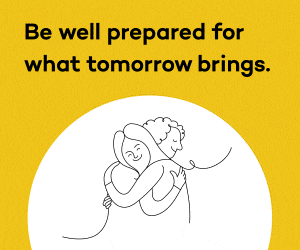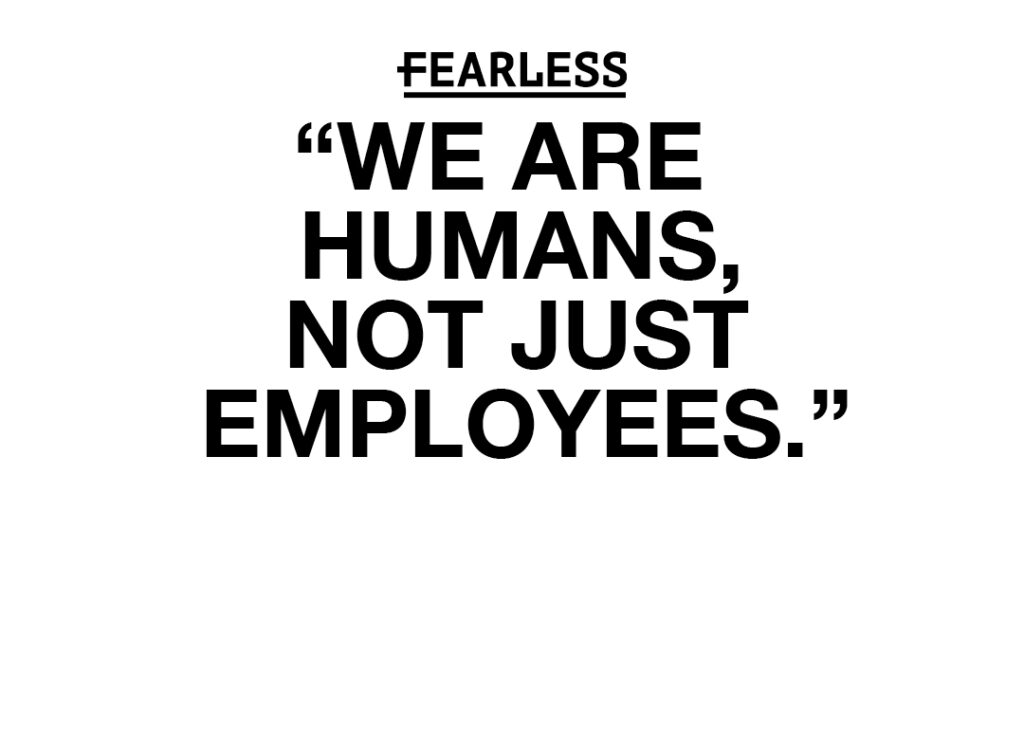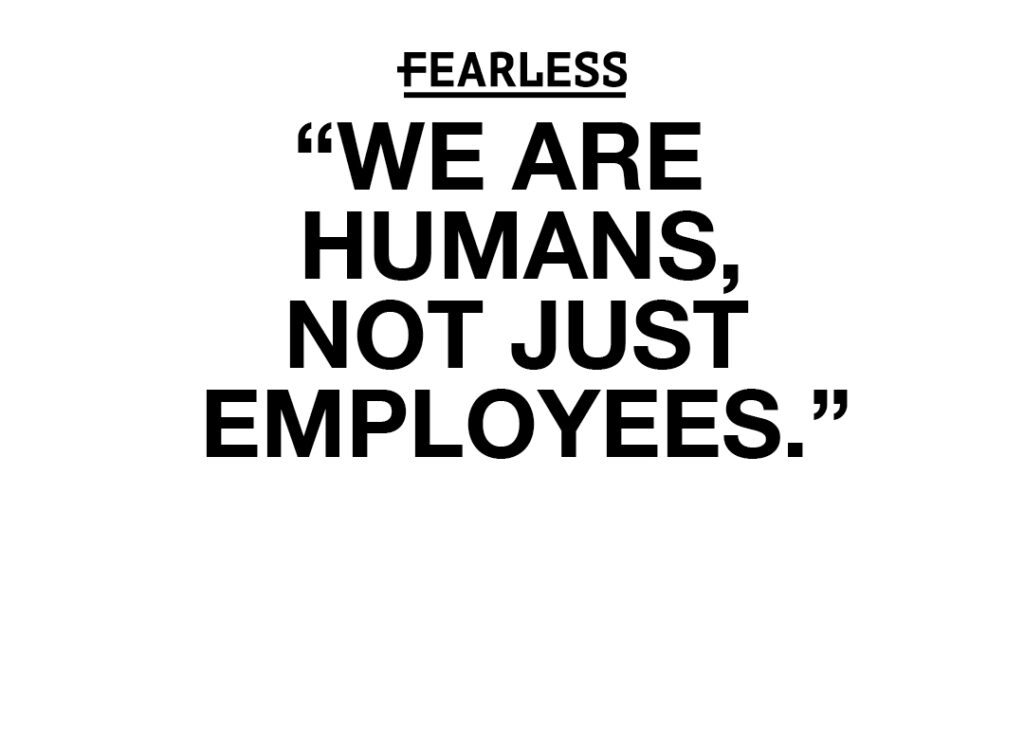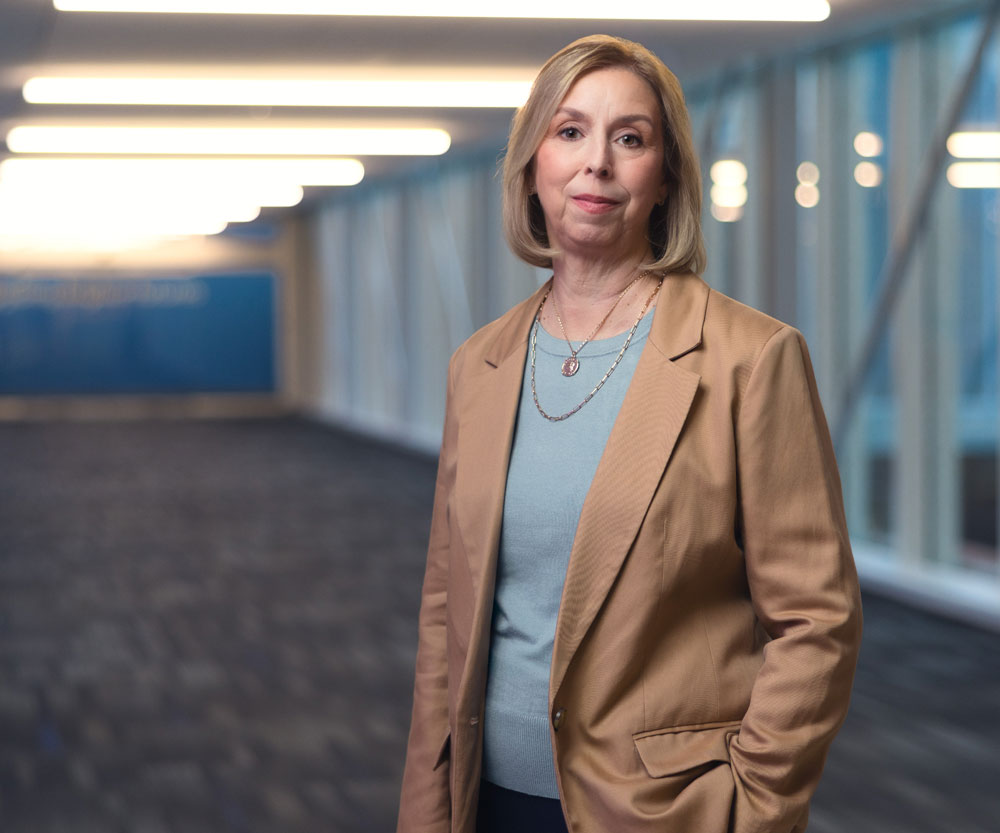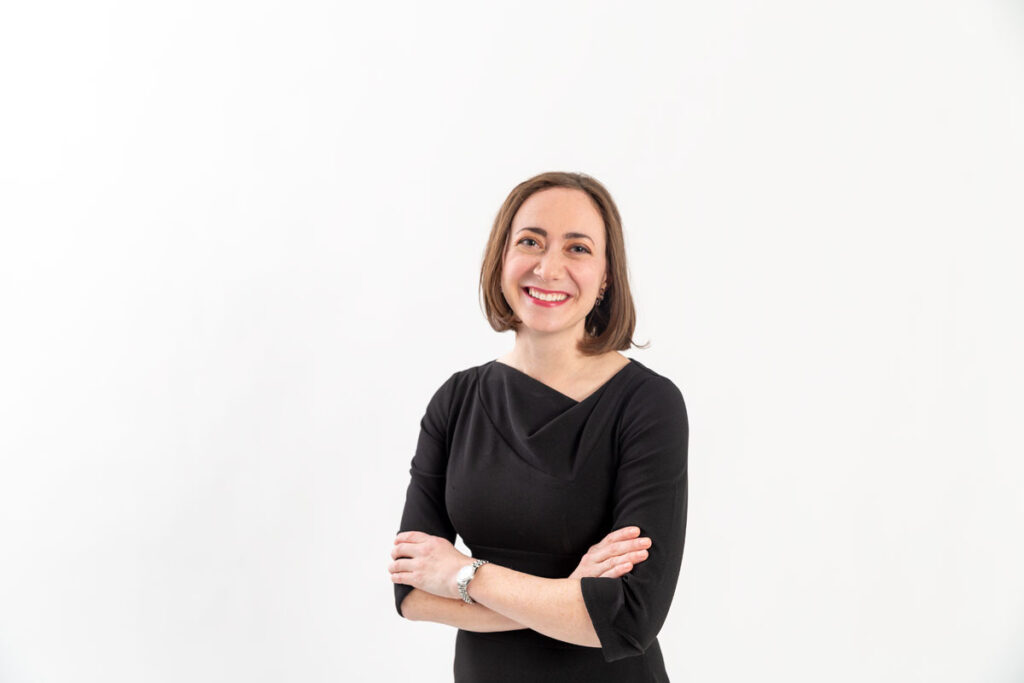8 takeaways from our Power Breakfast on a multigenerational workforce

Business Record Staff Nov 8, 2024 | 6:00 am
7 min read time
1,693 wordsBusiness Record Insider, HR and LeadershipEarlier this year, the number of Generation Z employees surpassed baby boomer employees in the U.S. workforce, according to Glassdoor. Millennials will likely be the most represented generation in the labor market until sometime in the 2040s, and the Generation X employee count will rank second for some time yet.
How are the generational shifts affecting the workforce, and what’s to come? We asked business leaders from the four generations and a variety of industries to share their thoughts at our Power Breakfast panel on Oct. 24.
Speakers included:

- Jay Byers, president, Simpson College
- Liz Cooney, manager, inclusion, F&G
- John Irving, president, Central Iowa Division, Tri-City Electric Co.
- Skylar Mayberry-Mayes, executive director, the Jacobson Institute at Grand View University
- Linda Tong, founder, Linda Tong Planners
Here’s what Business Record reporters took away from the discussion. Watch the full discussion here.
On clashes between generations
Irving said conflict between generations — and within same generations — can be avoided with greater collaboration and increased respect.
“There’s always going to be differences in politics and religion as they [adapt to technology],” he said. “But if people learn to respect each other, there could be fewer clashes, and learn to work together. But I think you’re always going to have that within generations and among different ones too.”
Cooney said she believes it’s a “misnomer” that the values between generations are clashing.
“I think that we actually have a lot of values in common, but the way that we talk about them or the way they show up are different,” she said.
She said it’s a misperception that millennials are lazy or don’t care.
“We also care about our time outside of work, so the amount of time at work does not equal how productive or successful you are,” she said. “They want to work hard and succeed, and then go and do other things outside of work and have that family time and community. And they value that as much as their work.”
Mayberry-Mayes said companies need to create organic opportunities for generations to connect and collaborate.
“Some of the organizations that do this well have put in place policies and practices to where meetings have multiple generations within those meetings so that innovation is fostered,” he said. “The organizations that do it well build spaces where multigenerational differences exist organically. If organizations don’t do that, all you have to rely on are the assumptions and generalizations that you have about those generations.”
— Michael Crumb
Building a multigenerational leadership team is an intentional business strategy
Byers said it’s important to understand that stereotypes applied to each generational group in today’s workforce may not apply to someone at an individual level, but through a diversity, equity and inclusion lens, companies and organizations should have different generations as part of the decision-making process.
Byers said different ages will look at challenges from varying perspectives.
“Having a boomer voice, having a [Gen] X voice, having a [Gen] Z is really important in terms of your overall business strategies,” Byers said.
— Mike Mendenhall
Why some young people are more open about mental health
The panel discussed how millennials and Gen Z are talking more about mental health and setting more firm work-life boundaries than previous generations. Cooney said part of this push is because today’s young people have had different experiences than their parents did at the same age.
“Millennials and Gen Z valuing the openness around mental health … comes from the fact that we were told, ‘Get the four-year degree, graduate and you will be successful. And you can buy the house, you can get married, you can have the kids.’ We were told this narrative, and we followed that narrative — most of us — and it didn’t work out.
“We ended up with so much school debt and not the jobs that equal paying those off. In focusing on that, [that meant] not being able to move forward with homeownership at the same timeline that our parents did. You have this stress of I’m not living up to what I thought I was supposed to, I’m trying to have it all, but there are these real barriers that are preventing me from accomplishing that. And it’s taking a huge toll on my mental health, and realizing we have to talk about that.”
Cooney said the advice that parents of millennials and Gen Z gave them about adulthood — jobs, homeownership, finances — was often based on the best information they had at the time and it’s not their fault that the economic circumstances changed; however, it’s important to recognize that the reality for today’s younger adults is different than it was for their parents.
— Emily Barske Wood
Generations should lean on each other to learn and use technology
Cooney said generative AI is so new that generational differences in how to think about it or use it in businesses have not emerged yet. But with technology in general, she cautioned against businesses making the assumption that Gen Z understands all forms of technology better than other generations.
“There’s also going to be that education piece [where] we’re all learning in different ways. Technology is hard for everybody … and I think we could benefit from each other in that way,” she said.
Byers said there are technology lessons to learn from generation to generation, but there are “a lot of technologies where it comes natural to” Gen Z and they can help their employers in deciding what tools to embrace. Whether it’s AI or other tools, he said businesses have to be willing to experiment in order to stay on the leading edge of technology.
“Some [technologies] are going to work and some aren’t going to work, but I think that’s all about innovation,” Byers said. “As organizations are moving forward, what can you do to be on that leading edge? Because again, your competition’s doing that, so you’ve got to be able to take chances.”
— Sarah Diehn
Call for next generation of leaders to step up
Byers noted that many of the great developments and initiatives in Greater Des Moines in the past couple of decades have been a result of efforts made by leaders of previous generations who are now retired or will soon retire. He called on his generation to step up to the plate.
“For many, many years those of us in the Greater Des Moines community have been the beneficiaries of really strong leaders who are philanthropists, CEOs, elected officials,” Byers said. “With baby boomers retiring, a lot of these really strong, vocal, highly visible leaders have moved on to post-professional lives. … So for those of you in the room who are Gen Xers, now is the time to step it up.
“We need to step it up as leaders in our businesses. We need to step it up as leaders in our community organizations. Because a lot of the great things that have happened in this community are because of people who came before us. Every generation goes through this, but now it’s our turn to step up. … If you have some of those traits that are traditional Gen X in terms of keeping your head down, just doing your thing, that’s not what our community needs right now. We need strong, powerful leaders.”
— Emily Barske Wood
Gen Z gravitating toward entrepreneurship, skilled trades
Tong was asked if she sees a reason that more members of Gen Z are pursuing their own businesses.
“I think the main reason is being in control of your time, being in control of what you want to do in your life, also just taking that chance on yourself, not just following what other people are doing,” she said.
Irving said the renewed interest in learning a skilled trade is welcome as the sector is one of many facing the looming retirement of many baby boomers. He said the mindset began to change after the pandemic.
“COVID supposedly changed the way of thinking for young people,” Irving said. “When they were stuck behind a computer for days on end, some thought, ‘Is this really what I want to do?’ …There’s even influencers [in the trades] now posting things they do during the day, and it’s amazing that someone can post a photo of installing a water heater and they’re getting follows. They’re trying to show those trades are not dirty, grimy jobs — they’re professional jobs too.”
Byers said the look toward skilled trades was healthy, but it is just one of the reasons some young people are choosing not to go to college. He said that means it is “incumbent upon all of us in higher education to continue to show that [value proposition]” of a college degree.
— Sarah Diehn
Risks of creating a family-like culture in the workplace
Mayberry-Mayes said it’s not uncommon and often attractive for companies to say their culture is like a family. But that comes with risks, he said.
“That’s perfectly fine, until it’s time to restructure, reorganize and lay off,” he said. “Then that helps populations recognize they don’t want to work for an organization that’s like a family if this is what the result is.”
He cited research that shows millennials want to have jobs that are purpose-driven, and that are based on skills and competence rather than tenure.
— Michael Crumb
Millennials prefer a people-centered method to management and leadership
Cooney said millennials prefer virtual and remote work when it’s applicable and are focused on the vulnerable side of leadership; allowing people to bring their emotions to work was once a misunderstood concept. Cooney sees millennials’ leadership and management style as “people-centered,” team-oriented and collaborative.
She said this generation encourages co-workers, direct reports, peers and their people leaders to bring “their whole selves to work.”
“We want to model that, and we want to support that in others. Being vulnerable as a leader was a very new concept and, yet, it’s how we prefer it,” she said. “It weaves into a lot of the different ways we’ve contributed to the workplace.”
— Mike Mendenhall


